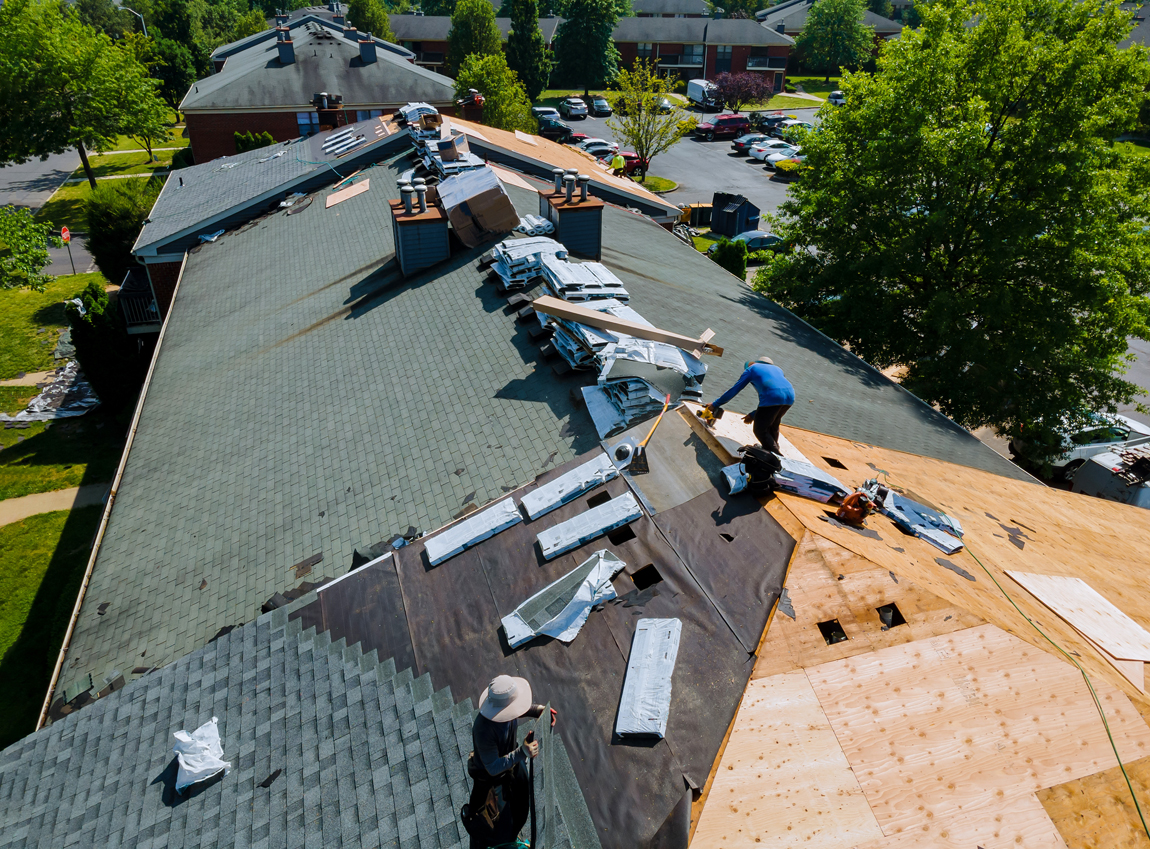No roofing material is entirely fireproof, but some roofs are highly fire-resistant and can provide significant protection against fire. Roofing materials are classified into fire resistance ratings, which indicate how well they can withstand exposure to fire. The ratings range from Class A (the highest level of fire resistance) to Class C.
Fire Resistance Ratings:
- Class A:
- Provides the highest level of fire resistance. Class A materials are effective against severe fire exposure and do not ignite easily. They can withstand prolonged exposure to flames and help prevent the spread of fire.
- Class B:
- Provides moderate fire resistance, suitable for areas with a moderate fire risk. These materials can withstand a moderate amount of fire exposure.
- Class C:
- Provides basic fire resistance, offering minimal protection against fire. These materials are effective against light fire exposure.
Highly Fire-Resistant Roofing Materials:
- Metal Roofing (Class A):
- Metal roofs are highly fire-resistant and are usually classified as Class A. They do not ignite, and their smooth surface makes it difficult for embers to lodge. However, the overall fire resistance may depend on the underlayment and structure beneath the metal.
- Slate Roofing (Class A):
- Slate is a natural stone that is non-combustible and highly fire-resistant. It is also durable and long-lasting. Slate roofs are typically classified as Class A, providing excellent fire protection.
- Clay or Concrete Tiles (Class A):
- Both clay and concrete tiles are non-combustible and offer a high level of fire resistance. They are often used in regions prone to wildfires and are generally rated as Class A.
- Fiberglass-Based Asphalt Shingles (Class A):
- While traditional organic-based asphalt shingles may not be highly fire-resistant, fiberglass-based asphalt shingles are designed to offer Class A fire resistance. They are treated with fire-retardant chemicals to improve their fire performance.
- Synthetic Roofing Materials (Class A):
- Some synthetic roofing materials, such as certain types of rubber or plastic composites, are designed to mimic traditional materials like slate or wood but offer better fire resistance. These materials can achieve a Class A rating when properly installed.
Less Fire-Resistant Roofing Materials:
- Wood Shingles and Shakes (Class C or B, unless treated):
- Wood shingles and shakes are naturally combustible and generally provide low fire resistance (Class C). However, fire-retardant-treated wood shakes can achieve a Class B or even Class A rating.
- Thatch Roofing (Unrated or Class C):
- Thatch roofs, made from dried vegetation, are highly flammable and generally offer little to no fire resistance. These are typically unrated or fall under Class C.
While no roofing material is completely fireproof, many materials, particularly those rated as Class A, offer significant fire resistance and can help protect a home from fire damage. Choosing the right material, along with proper installation and maintenance, is crucial for enhancing a roof’s fire resistance.
Residential & Commercial Roofing Services By Roof Pros Dallas, Inc.
If you are searching for commercial or residential roofing services in Addison, Arlington, Dallas, Fort Worth, Garland, Mesquite, or Plano, TX, Roof Pros Dallas, Inc. is here for you! You can trust the reliable repair service and high-quality materials we use for each and every project. From a small roofing repair to a complete replacement, the team at Roof Pros Dallas, Inc has you covered! Contact our experienced team today!
[/vc_column_text][/vc_column][/vc_row]







